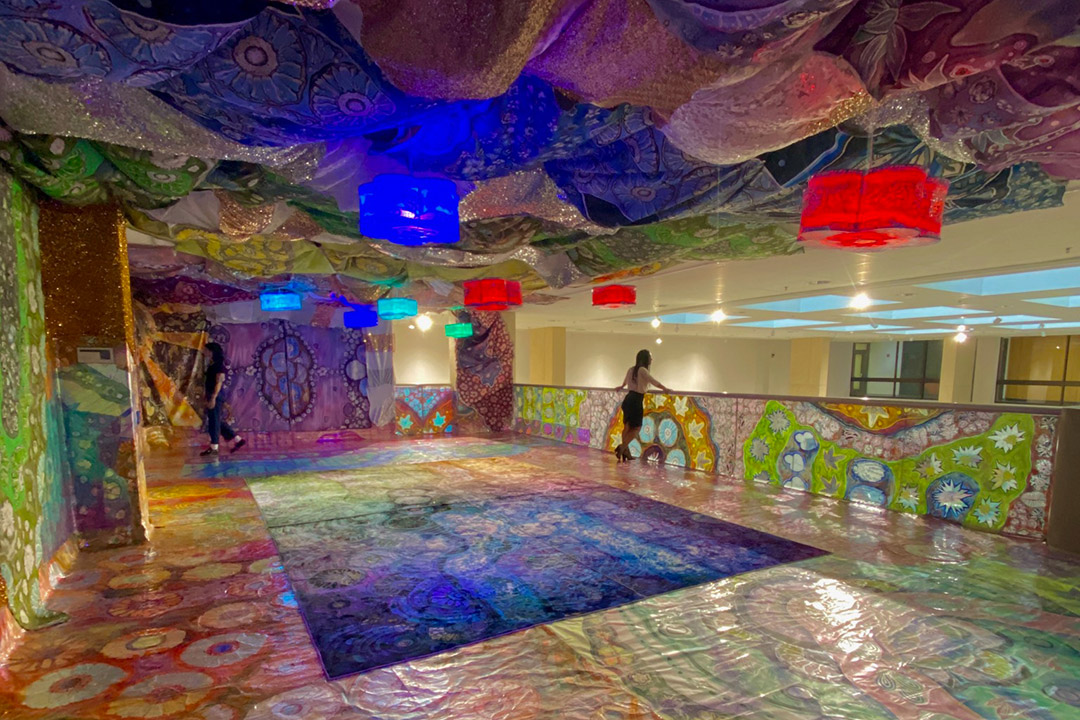‘You Don't Need to Hear to Listen’ unveils a transformative artistic journey at RIT/NTID’s Dyer Arts Center
Exhibition runs through Dec. 8
Provided image
Hard-of-hearing artist Laurie Shapiro encourages visitors to fully immerse themselves in her pieces. Her exhibition, “You Don't Need to Hear to Listen,” is at Dyer Arts Center through Dec. 8.
Artist Laurie Shapiro will make her Rochester debut with “You Don’t Need to Hear to Listen,” a poignant exploration of her personal journey as a hard-of-hearing individual and how it has influenced her artistic expression. The exhibition, at Dyer Arts Center’s Williams Gallery at Rochester Institute of Technology’s National Technical Institute for the Deaf, is a captivating and introspective experience that encourages visitors to contemplate the profound connection between art, life, and the human experience. It runs through Dec. 8.
In 2020, Shapiro was diagnosed with otosclerosis, which causes hearing loss due to the ear’s inability to amplify sound. Shapiro realized that her hearing status was a turning point that redefined her artistic perspective. The exhibition chronicles her evolution through carefully curated works spanning from 2012 to the present, reflecting her connection between her inner thoughts and the external world.
The heart of the exhibition features a 20-foot, hand-painted vinyl tunnel installation, “We Are All Connected to Each Other Through Nature.” Resembling stained glass, the installation invites viewers to interact with and find inspiration from various angles within the gallery space. In addition, Shapiro’s printed floral drawings guide visitors to the upstairs meditation room where they can immerse themselves in an atmosphere that encourages reflection and unity.
“‘You Don’t Need to Hear to Listen’ goes beyond a personal journey, inviting viewers to consider the silenced voices in the world and the unique insights that different abilities provide in understanding our environment,” said Dyer Arts Center Director Fran Flaherty. “Shapiro’s journey with progressive deafness, which shapes not only her art but also her world view, underscores the theme of disability and inclusion.
The exhibition has garnered significant attention from various media outlets, with coverage highlighting the immersive nature of Shapiro’s work, her unique perspective on disability, and the impact of her installation on visitors’ emotional experiences. It is featured as part of Dyer Arts Center’s “Anthropology of Motherhood: Intersections with Disabilities” curation, running through Dec. 8, which contributes to a broader dialogue on maternal experiences, caregiving, and nurturing.
For more information about the exhibition, go to the Dyer Arts Center website.





